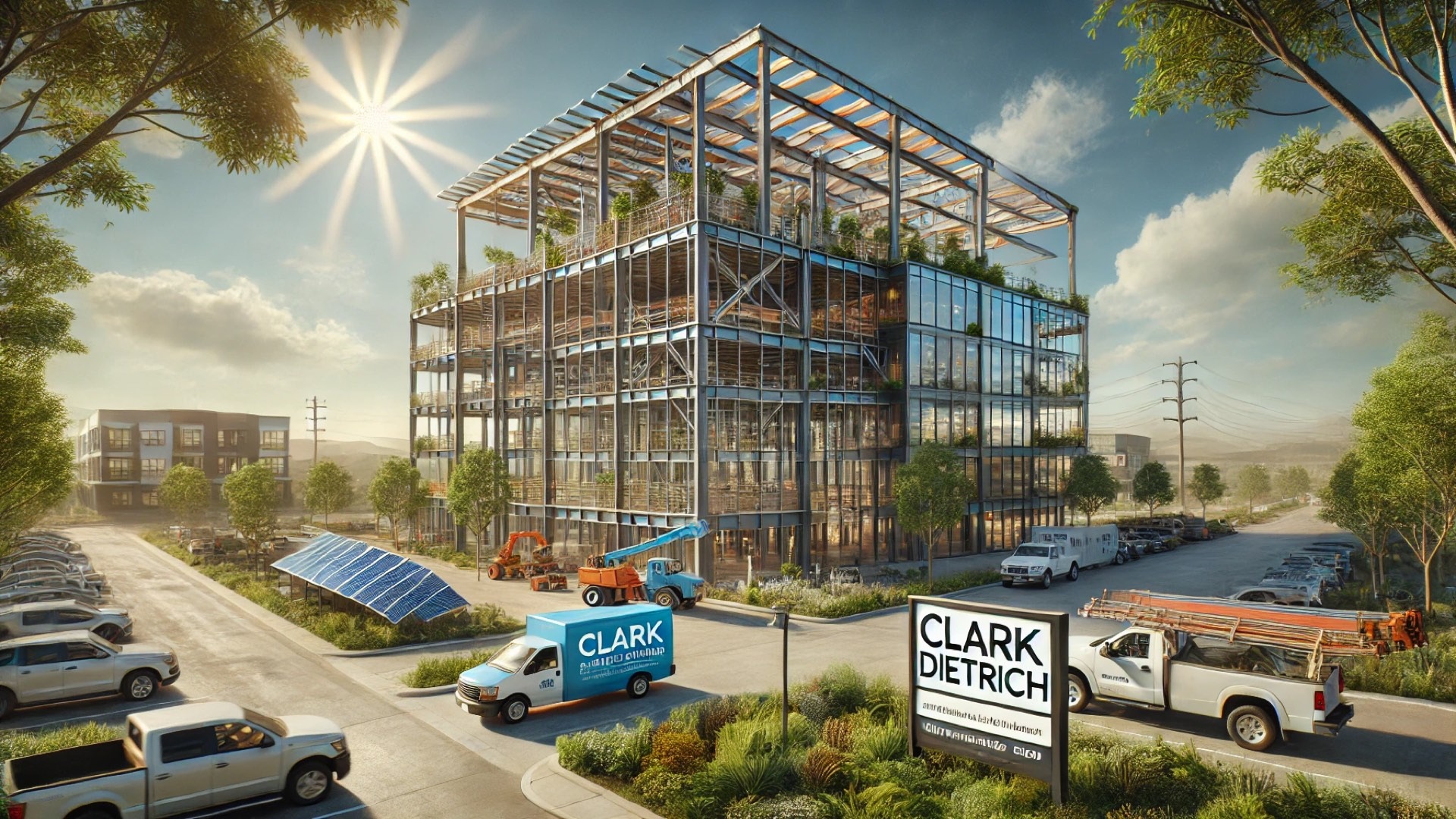
Setting New Standards in Construction Sustainability
In an era marked by increasing awareness of environmental issues, ClarkDietrich is positioning itself as a pioneer in sustainability within the construction sector. The company is not just adopting more environmentally-friendly materials; it is innovating, setting new benchmarks that others in the industry aspire to meet.
Why Sustainability Matters in Construction
The construction industry has long been one of the greatest contributors to environmental degradation. With rising concerns over climate change, building firms are becoming acutely aware of their ecological footprint. ClarkDietrich’s recent initiatives include the development of products that focus on reducing waste and carbon emissions, aligning with the broader goal of achieving a circular economy. By adopting these practices, they not only enhance their brand image but also create long-term financial benefits.
Innovative Materials and Processes
A key aspect of ClarkDietrich’s sustainability strategy is their innovative use of materials. For example, their products often incorporate recycled content, significantly lessening the need for virgin resources. This is a critical step toward mitigating the depletion of finite materials and lowering the embodied energy of buildings. The integration of technologies that facilitate energy efficiency further positions their products as desirable in both residential and commercial applications.
Future Predictions: A Shift Towards Green Technologies
Experts predict that the demand for sustainable building materials will continue to rise, driven by both consumer preference and regulatory pressures. As state and federal governments increasingly adopt stringent standards for sustainability, companies that prioritize eco-friendly materials will likely experience not just regulatory compliance but also a competitive advantage over less agile rivals.
Making Sustainable Choices: A Guide for Stakeholders
For stakeholders looking to enhance the sustainability of their projects, the example set by ClarkDietrich provides a roadmap. Incorporating sustainable practices can involve evaluating existing materials, assessing lifecycle impacts, and investing in innovative technologies. Engaging with suppliers who prioritize environmental responsibility is another effective strategy. By proactively adopting these methods, contractors, architects, and project owners can contribute to a more sustainable future.
The Bottom Line: ROI in Sustainability
Investing in sustainability is not merely an ethical decision but a financially sound one. Properties constructed with sustainable materials tend to appreciate in value over time and can lead to lower utility costs. Additionally, the demand for buildings that prioritize environmental health is surging, making sustainability a key component of future investment strategies.
Conclusion: The Path Forward
In conclusion, ClarkDietrich’s leadership in sustainability sets a renewed bar for the industry. As stakeholders increasingly recognize the value of green technologies, the momentum towards sustainable construction will only accelerate. Embracing these principles not only leads to environmental benefits but also enhances the financial viability of construction projects.
 Add Row
Add Row  Add
Add 




Write A Comment